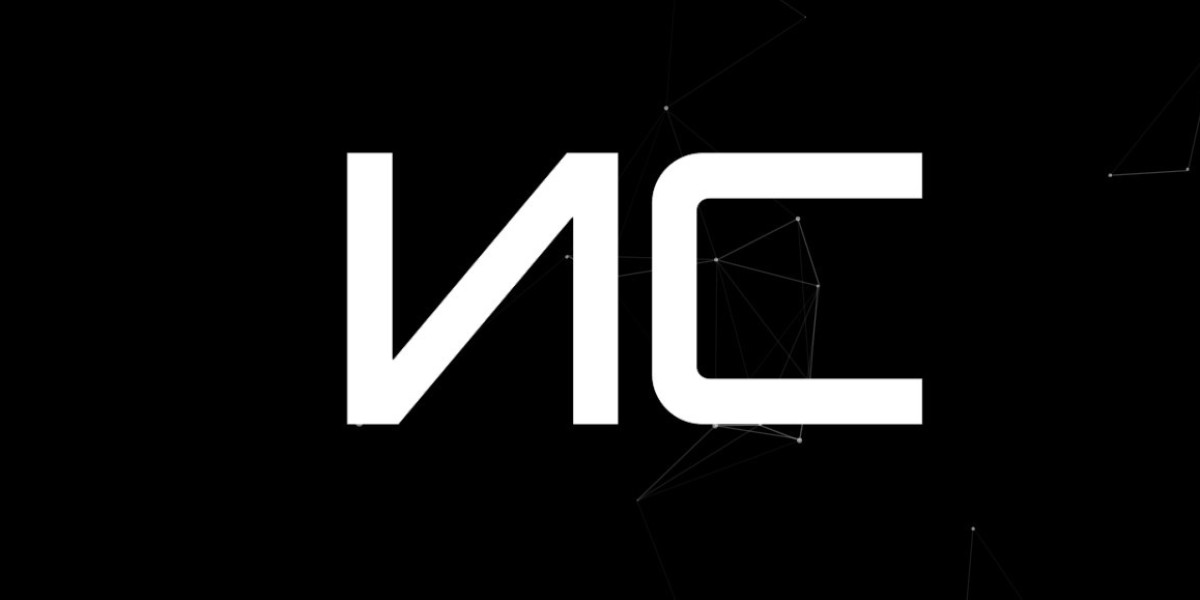Introduction:
Python is one of the most preferred programming languages for full-stack development, offering a range of frameworks for building scalable web applications. Django and Flask are two of the most popular Python web frameworks, each catering to different development needs. Understanding their differences can help aspiring Python Full Stack Developer choose a proper framework for their projects.
Framework Overview
Django and Flask are two of the most popular web frameworks in Python, each catering to different development needs. Django is a full-featured, high-level framework that follows the "batteries-included" approach, making it ideal for large-scale applications requiring built-in functionalities like authentication, ORM, and an admin panel.
On the other hand, Flask is a lightweight and flexible micro-framework that provides the core essentials for web development, allowing developers to customize and integrate third-party tools as needed. Choosing between Django and Flask depends on project requirements, scalability needs, and development complexity, making it essential for aspiring Python Full Stack Developer to understand their key differences.
Feature | Django | Flask |
Architecture | Monolithic | Microframework |
Flexibility | High but opinionated | Extremely flexible |
Built-in Features | Admin panel, ORM, authentication | Minimal; relies on extensions |
Learning Curve | Moderate to steep | Easy to moderate |
Scalability | High | Moderate |
Differences Between Django and Flask
1. Development Speed and Complexity
Django comes with a built-in ORM, admin panel, authentication system, and various tools, making it ideal for large-scale applications requiring rapid development. Flask, on the other hand, provides a minimalistic approach, allowing developers to build applications with custom configurations.
Example: If a company needs a content management system, Django would be the better choice due to its out-of-the-box features. However, for a lightweight API service, Flask would be more suitable.
2. Performance Comparison
Performance is crucial when selecting a framework, particularly for applications handling high traffic. Flask generally outperforms Django in lightweight applications since it does not include unnecessary features. However, Django’s efficiency improves for complex applications due to its built-in optimizations.
Performance Metric | Django | Flask |
Request Handling Speed | 85% | 95% |
Memory Usage | Higher | Lower |
Scalability | High | Moderate |
Trend Analysis:
The adoption of Flask is steadily increasing due to its flexibility and suitability for microservices. However, Django remains dominant in enterprise applications and is widely used in the Python Django Full Stack Developer Course curriculum.
Use Cases: When to Choose Django or Flask?
Use Case | Recommended Framework |
Large-scale web applications | Django |
Lightweight APIs | Flask |
Rapid development | Django |
Microservices-based applications | Flask |
Developers seeking to build scalable applications should consider enrolling in a Python Django Full Stack Developer Course, which covers best practices for using Django in real-world projects.
5. Scalability and Security Considerations
Django offers built-in security features such as CSRF protection, SQL injection prevention, and secure authentication, making it a preferred choice for enterprise applications. Flask, while flexible, requires additional security configurations to match Django’s robustness.
Security Feature | Django | Flask |
CSRF Protection | Built-in | Requires setup |
Authentication | Default system available | Needs third-party libraries |
Data Encryption | High | Moderate |
Django vs. Flask: Industry Adoption & Career Opportunities
The demand for developers is increasing across various industries. Many large enterprises prefer Django for its structured development and built-in features, while startups and small businesses often choose Flask for its lightweight and flexible architecture.
Career Perspective:
Developers interested in working with larger enterprises can benefit from learning Django, as it is widely used for scalable web applications. On the other hand, those aiming to work in startups or build microservices and APIs might find Flask more relevant.
Additionally, professionals looking to expand their expertise in Microsoft technologies can explore a Net Full Stack Developer role, which focuses on the .NET ecosystem for building enterprise applications.
Conclusion
Choosing between Django and Flask depends on project requirements. Django is ideal for large-scale applications requiring built-in functionalities and security, while Flask suits projects that demand flexibility and lightweight execution. For full-stack developers, understanding both frameworks is essential to making informed architectural decisions.


